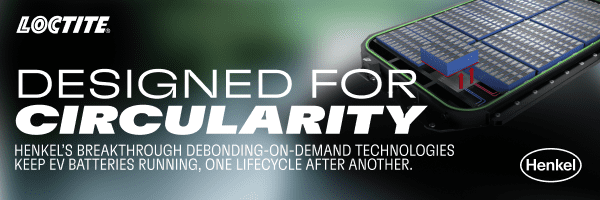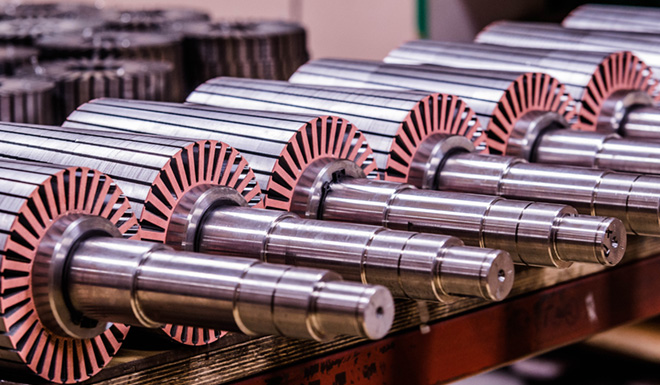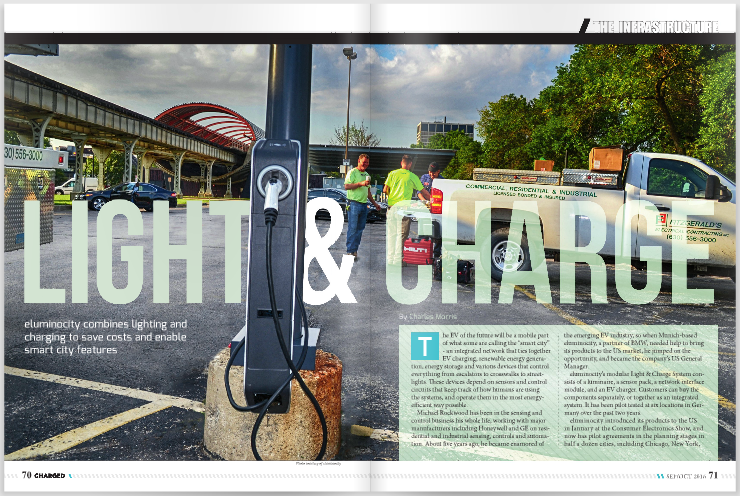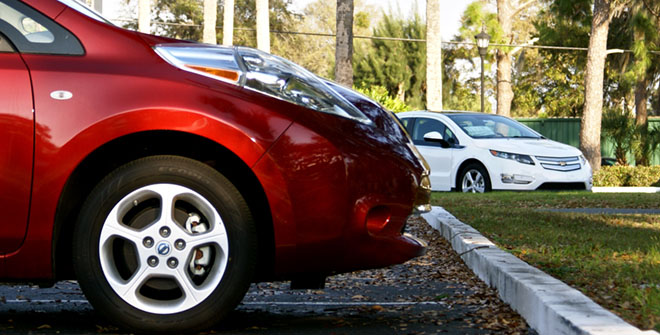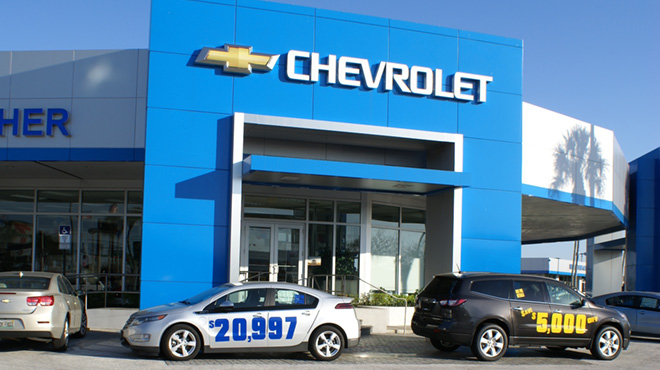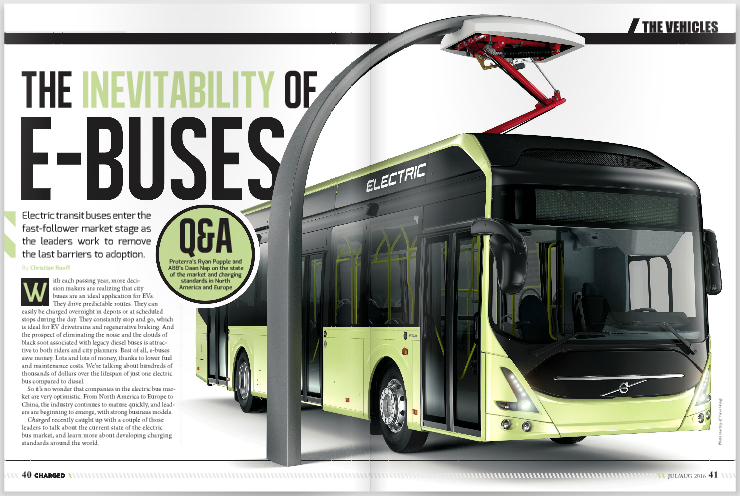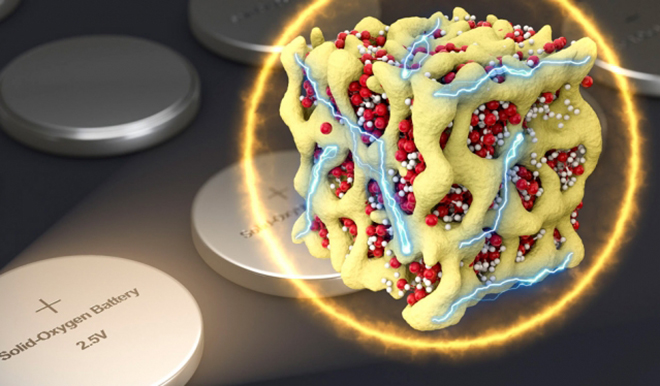Which major automaker has sold the highest percentage of plug-in vehicles relative to its overall US sales? You may be surprised to learn that it’s BMW – aside from Tesla, of course, which sells 100% EVs. In the first half of 2016, BMW’s four plug-in vehicles – the i3, i8, X5 xDrive40e and 330e iPerformance… Read more »
Search Results Found For: "NIO"
“Electrical steel” allows electric motors to run at much higher frequencies
The DOE’s EV Everywhere initiative, announced in 2012, has set goals of bringing EV battery costs down to $125 per kilowatt-hour, and electric drive system costs to $8 per kilowatt. To help make this a reality, the feds are investing some $59 million in 35 research projects around the country. One of these is led… Read more »
eluminocity combines street lighting and EV charging to save costs and enable smart cities
The EV of the future will be a mobile part of what some are calling the “smart city” – an integrated network that ties together EV charging, renewable energy generation, energy storage and various devices that control everything from escalators to crosswalks to streetlights. These devices depend on sensors and control circuits that keep track… Read more »
Fuji Pigment’s ionic liquids could be the key to a practical aluminum-air battery
Fuji Pigment is synthesizing ionic liquids for use as electrolytes in Li-ion batteries, as well as for the company’s own aluminum-air battery, which is currently under development. Ionic liquids are compounds composed of organic cations such as imidazolium ions and pyridinium ions, and anions such as bromide, fluoride, and chloride. Fuji Pigment has synthesized imidazolium-,… Read more »
Bloomberg: Second-life EV battery storage will total 26 GWh by 2025
In a new report for clients, Bloomberg New Energy Finance (BNEF) forecasts that there will be 29 GWh of used EV batteries available in 2025. This far exceeds the size of the current stationary storage market. Of this, almost a third will get a second life as stationary storage (10 GWh), bringing the cumulative installed… Read more »
MIT study: Existing EVs can meet most drivers’ needs, and reduce carbon emissions
Many electro-skeptics concede that electrification is the future, but maintain that major breakthroughs will be needed before EVs are practical. Others insist (despite the findings of studies, studies and more studies) that going electric has little impact on carbon emissions. A new paper by MIT Professor Jessika Trancik and colleagues, published in the journal Nature… Read more »
Sierra Club multi-state study of the EV shopping experience finds room for improvement
There are over 30 plug-in vehicles available in the US from a variety of automakers, and in most parts of the country, infrastructure is quickly proliferating. A recent Union of Concerned Scientists and Consumers Union survey found that 55 percent of drivers in Northeastern states and 65 percent in California are interested in EVs. So… Read more »
The inevitability of electric buses
Electric transit buses enter the fast-follower market stage as the leaders work to remove the last barriers to adoption. Q&A with Proterra’s Ryan Popple and ABB’s Daan Nap on the state of the market and charging standards in North America and Europe. With each passing year, more decision makers are realizing that city buses are an… Read more »
California budget gaps leave heavy-duty EV projects in limbo
Opinion by Urvi Nagrani, Director of Marketing & Business Development, Motiv Power Systems The state of California has approved a number of measures to advance sustainable transportation. Governor Jerry Brown has both a Zero-Emission Vehicle Action Plan and a Sustainable Freight Plan, and the senate passed a landmark climate bill last year. California’s leadership on… Read more »
Researchers use nanolithia to improve efficiency and longevity of lithium-air batteries
Lithium-air, or lithium-oxygen, has been touted as the ultimate battery technology, because its theoretical energy density is ten times that of current lithium-ion solutions. However, scientists have struggled to overcome major challenges with the technology. The batteries waste a lot of energy as heat, degrade relatively quickly, and often require extra components to pump oxygen… Read more »






